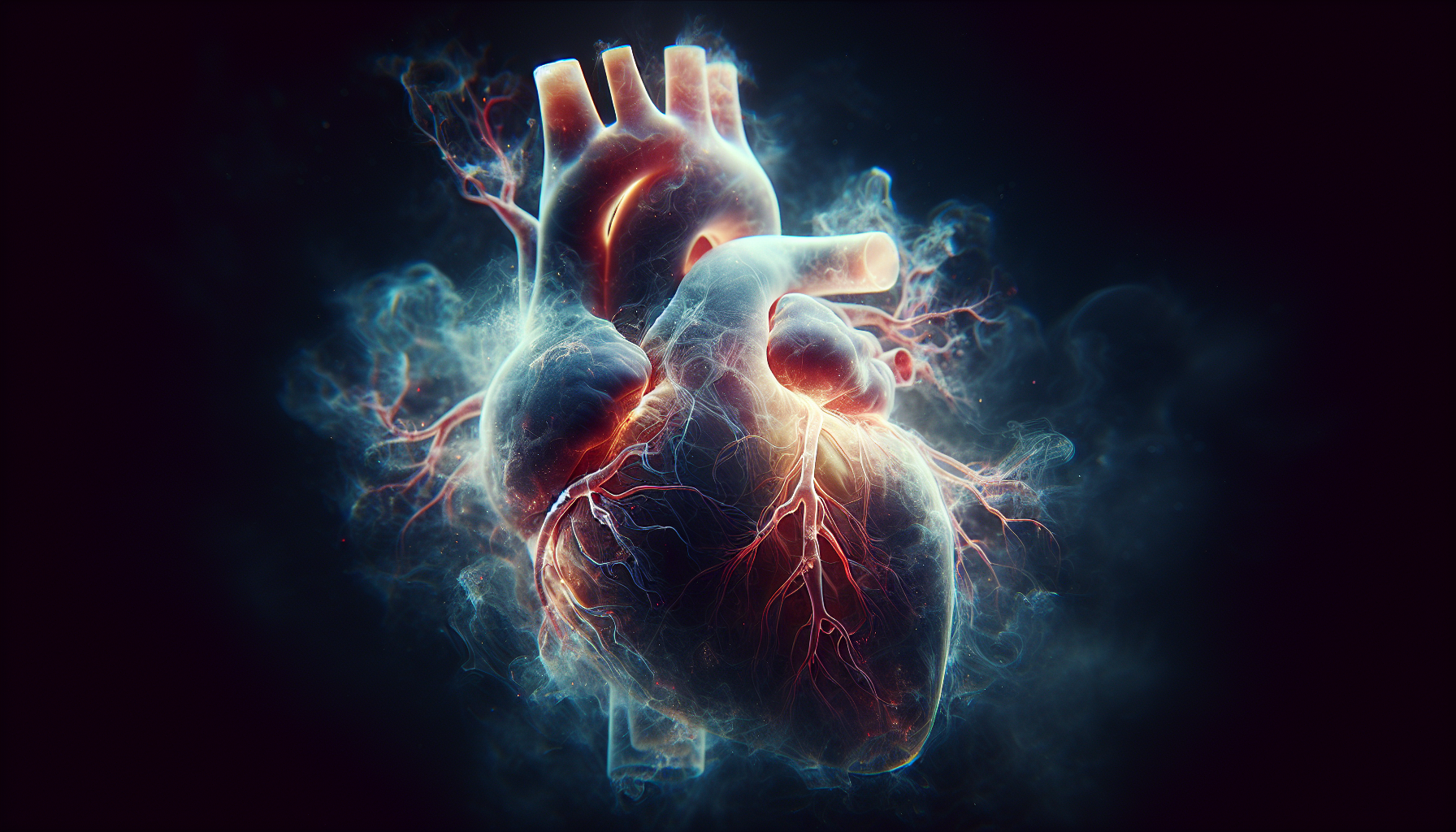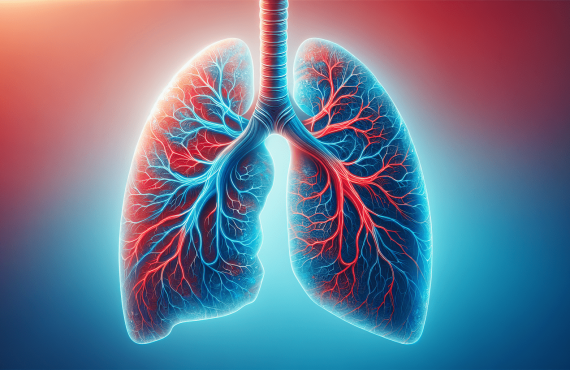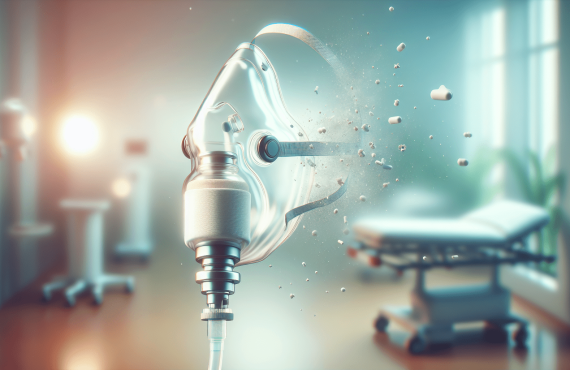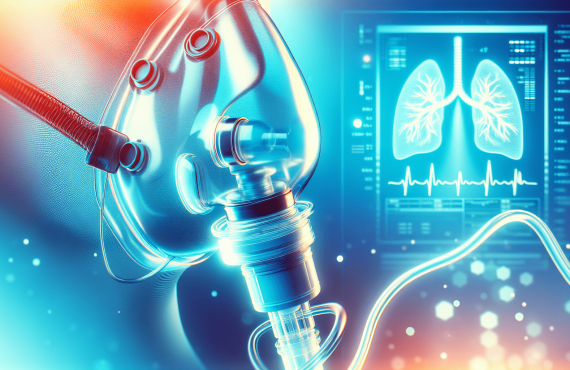Can you imagine what it feels like to not get enough oxygen? The signs might not be evident at first, but understanding the symptoms of low oxygen levels can make a significant difference to your health. Experiencing even a mild drop in oxygen levels can affect how your body functions. Let’s break down the symptoms as clearly as possible.

Table of Contents
Understanding Low Oxygen Levels
Oxygen is vital for survival. It is key to the energy production process in your body. Every cell needs it to function properly. Your organs depend on a steady supply of oxygen-rich blood to work well. When the oxygen level in your blood drops, organs can suffer, leading to distress and various symptoms.
Causes of Low Oxygen Levels
There are several reasons why oxygen levels might drop. Lung conditions like chronic obstructive pulmonary disease (COPD) or pneumonia can decrease oxygen absorption. High altitudes with thin air reduce available oxygen. Heart problems might also interfere with oxygen delivery. Even conditions like sleep apnea can lead to low oxygen levels during sleep.
Normal Oxygen Levels
Normally, your blood oxygen level should be between 95% and 100%. These figures represent the saturation of oxygen in your red blood cells. If your levels drop below 90%, it is considered low and can lead to hypoxemia, where your body is deprived of adequate oxygen.
Symptoms of Low Oxygen Levels
Now, let’s get to the core of what low oxygen levels look like in terms of symptoms.
1. Shortness of Breath
Feeling out of breath is one of the most noticeable signs. You might find yourself gasping for air after only a small activity or worryingly, even when at rest.
2. Rapid Breathing
Your body instinctively tries to compensate for the lack of oxygen by increasing your breathing rate. Rapid breathing is your body’s attempt to intake more oxygen.
3. Confusion
Without enough oxygen, your brain struggles to function. This can lead to confusion, dizziness, or difficulty concentrating. Your mind may feel foggy, and tasks that seemed simple before may become challenging.
4. Headache
A lack of oxygen can cause headaches. This can vary from a mild, persistent headache to more severe pain.
5. Restlessness
You might feel unusually agitated. The body reacts to the lack of oxygen, and this restlessness can manifest in irritability or a feeling of impending doom.
6. Dizziness or Lightheadedness
Less oxygen reaching your brain can lead to feelings of dizziness. You may feel like the room is spinning, or you might feel faint.
7. Cyanosis
This is where your lips, fingers, and toes might turn blue. This color change happens because your blood lacks enough oxygen, resulting in a bluish tint in these areas.
8. Chest Pain
A pain or tightness in the chest can indicate that your heart is working harder to move oxygen through your body. If you experience this, it’s crucial to seek medical attention immediately.
9. Rapid Heartbeat
A fast heartbeat is another compensatory mechanism. Your heart tries to pump more blood to deliver as much oxygen as possible around your body.
10. High Blood Pressure
Your blood pressure may spike as your cardiovascular system struggles to maintain oxygen supply to your organs.
What To Do If You Notice These Symptoms
If you notice these symptoms, it’s essential to act promptly. Seek immediate medical advice. Environmental changes, like moving to a lower altitude or getting to fresh air, can sometimes help. If an underlying condition is causing these symptoms, addressing that is crucial.
Hyperbaric Therapy: A Potential Solution
What Is Hyperbaric Therapy?
hyperbaric therapy offers a unique approach to increasing your body’s oxygen levels. By breathing pure oxygen in a pressurized chamber, the therapy can significantly enhance the oxygen content in your blood and tissues.
How Does It Work?
In the chamber, pressure is increased, and pure oxygen is administered. This setup means your lungs take in more oxygen than normal, dissolving extra oxygen into your bloodstream. Reaching areas that might usually lack adequate supply becomes much easier, stimulating natural healing processes, reducing inflammation, enhancing immune function, and aiding tissue repair.

Is Hyperbaric Therapy For You?
Hyperbaric therapy might be beneficial if you are experiencing prolonged symptoms of low oxygen. Consulting with a healthcare provider is the best way to see if this treatment suits your needs. Henry Chiropractic offers professional services and can guide you on how hyperbaric therapy can fit into your health plan.
Meet The Professionals
Dr. Craig Henry and Dr. Aaron Hixon, who have a wealth of experience in helping individuals like you, are available at Henry Chiropractic. They are both dedicated to improving your overall health and wellness through various chiropractic techniques and therapies.
Contact Information
For more personalized guidance, you can reach out to:
Henry Chiropractic
1823 N 9th Ave
Pensacola, FL 32503
(850) 435-7777
Visit their website
Common Questions About Low Oxygen Levels
Having some questions is natural when discussing health topics. Let’s tackle a few common ones about oxygen levels.
FAQ
What should I do if my oxygen levels drop suddenly?
If your oxygen levels suddenly drop, seek emergency medical assistance immediately. Do not wait for the symptoms to resolve on their own.
How can I measure my oxygen levels at home?
You can use a pulse oximeter, a small device that clips to your finger, to measure your blood’s oxygen saturation level quickly.
Can anxiety cause low oxygen levels?
While anxiety may make you feel short of breath, it doesn’t usually lower your oxygen levels. However, it can make breathing feel more difficult.
Can exercise help increase oxygen levels?
Yes, regular exercise can improve lung capacity and efficiency, potentially leading to better oxygen uptake and distribution throughout the body.
Is it normal for oxygen levels to drop during sleep?
Your oxygen levels may drop slightly during sleep, but significant drops should be evaluated by a healthcare provider as they could indicate conditions like sleep apnea.
With this clear understanding, you’re now equipped to recognize the symptoms of low oxygen levels and know what steps to take if you or a loved one experiences these signs. Remember, maintaining optimal oxygen levels is key to your overall health and well-being.


















